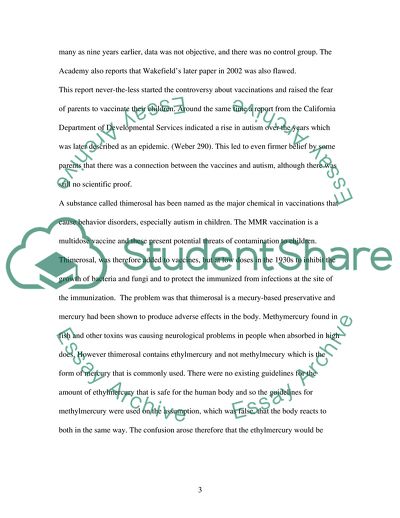Cite this document
(The Relationship between Preventative Shots and Autism Literature review, n.d.)
The Relationship between Preventative Shots and Autism Literature review. https://studentshare.org/health-sciences-medicine/1720486-the-relationship-between-preventative-shots-and-autism
The Relationship between Preventative Shots and Autism Literature review. https://studentshare.org/health-sciences-medicine/1720486-the-relationship-between-preventative-shots-and-autism
(The Relationship Between Preventative Shots and Autism Literature Review)
The Relationship Between Preventative Shots and Autism Literature Review. https://studentshare.org/health-sciences-medicine/1720486-the-relationship-between-preventative-shots-and-autism.
The Relationship Between Preventative Shots and Autism Literature Review. https://studentshare.org/health-sciences-medicine/1720486-the-relationship-between-preventative-shots-and-autism.
“The Relationship Between Preventative Shots and Autism Literature Review”. https://studentshare.org/health-sciences-medicine/1720486-the-relationship-between-preventative-shots-and-autism.


